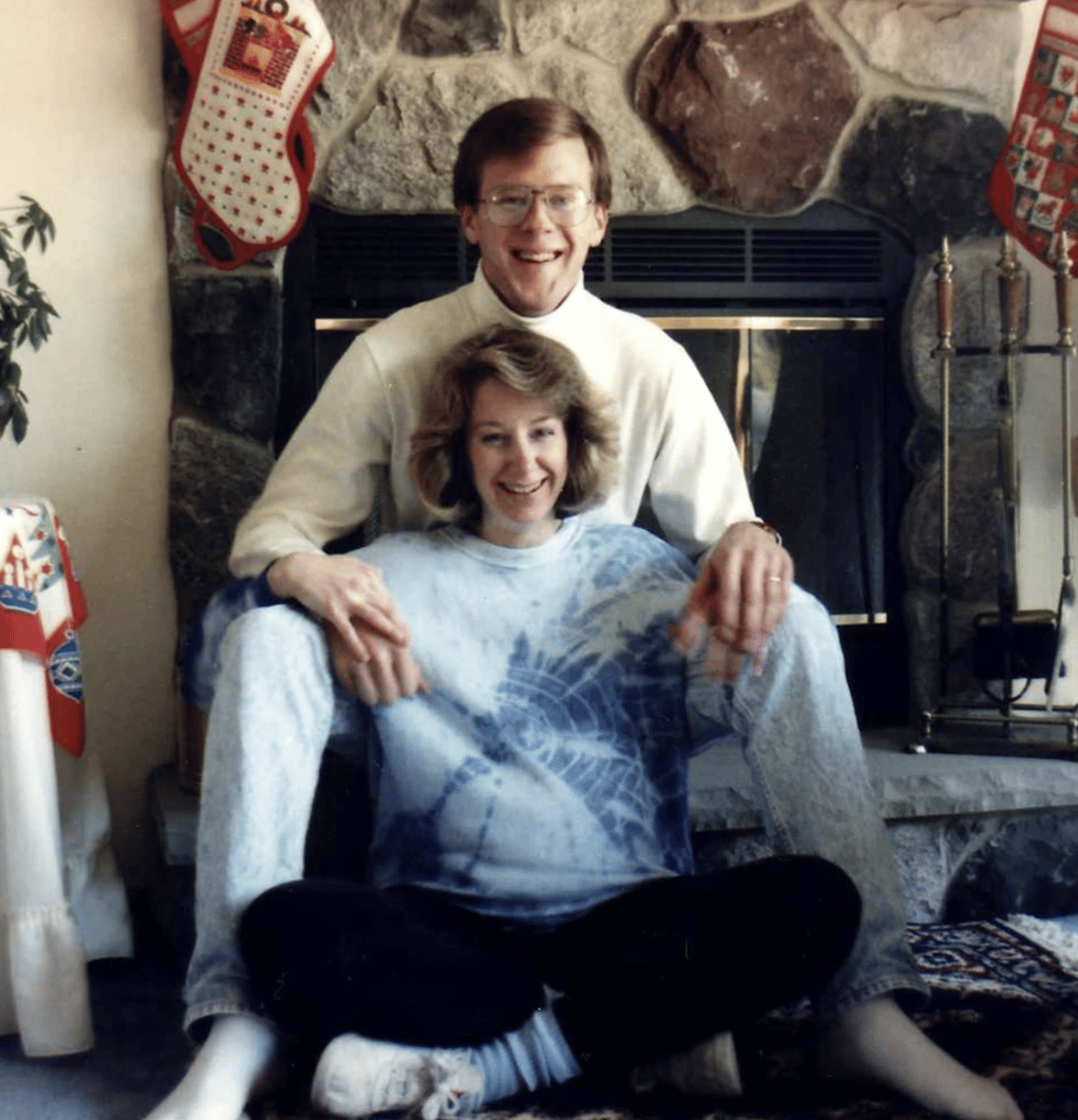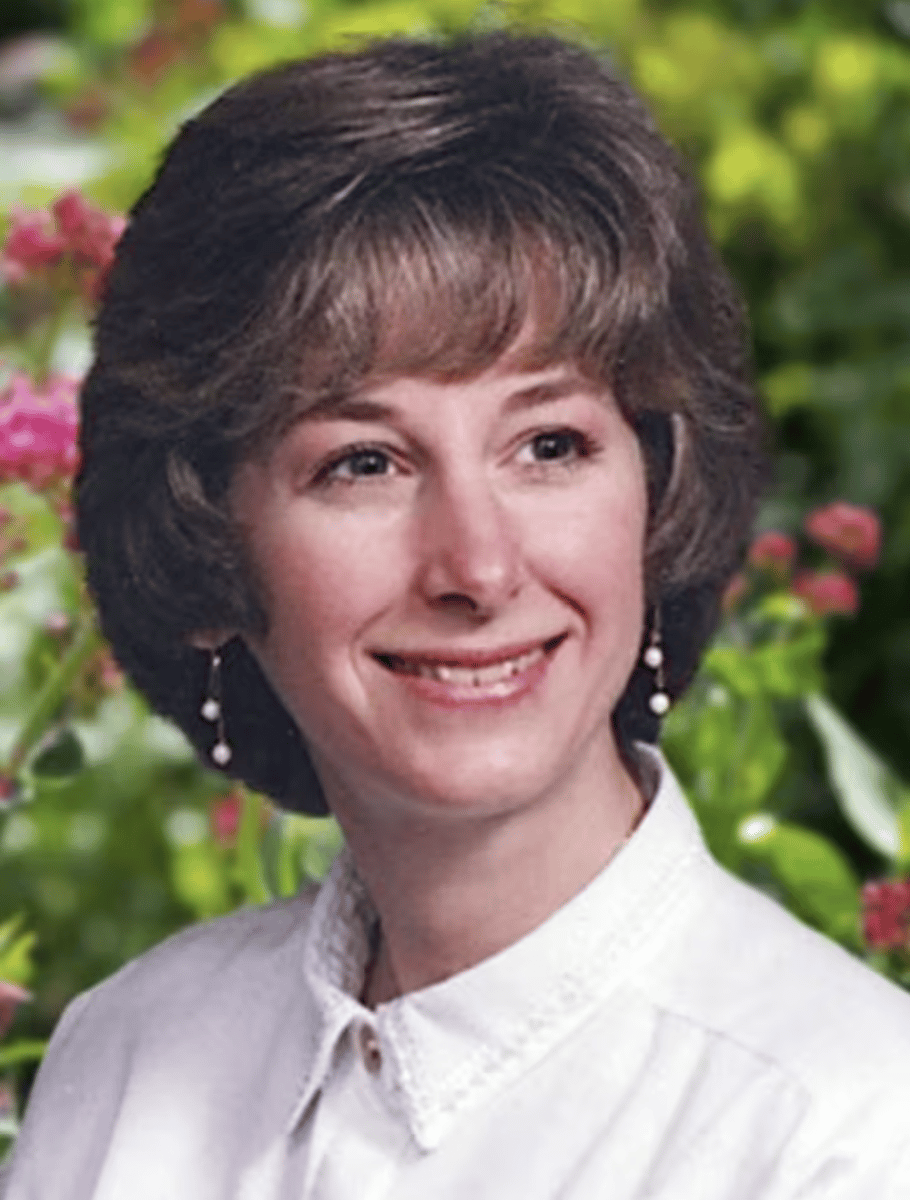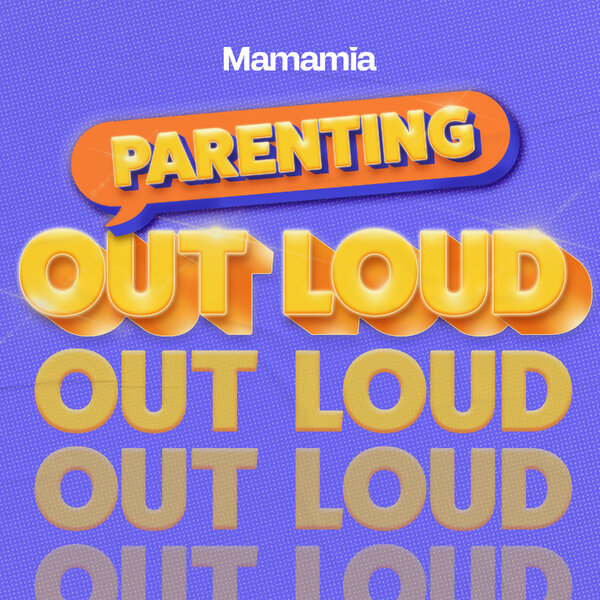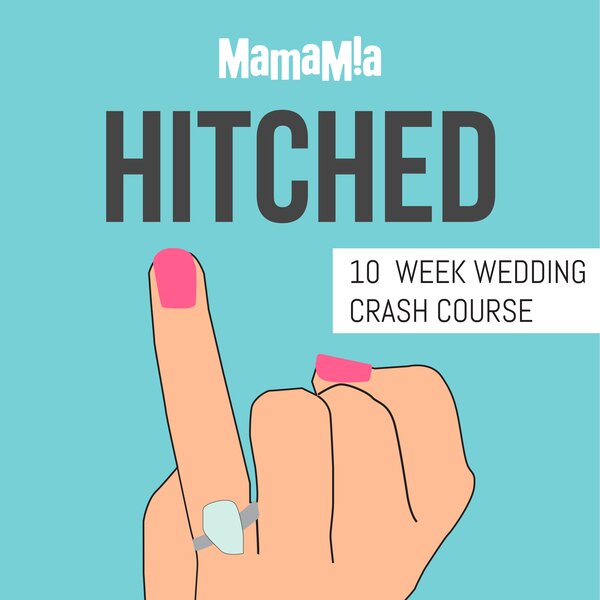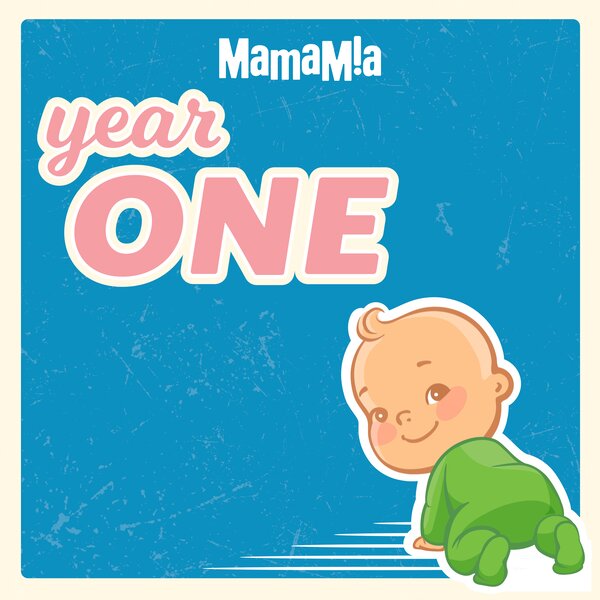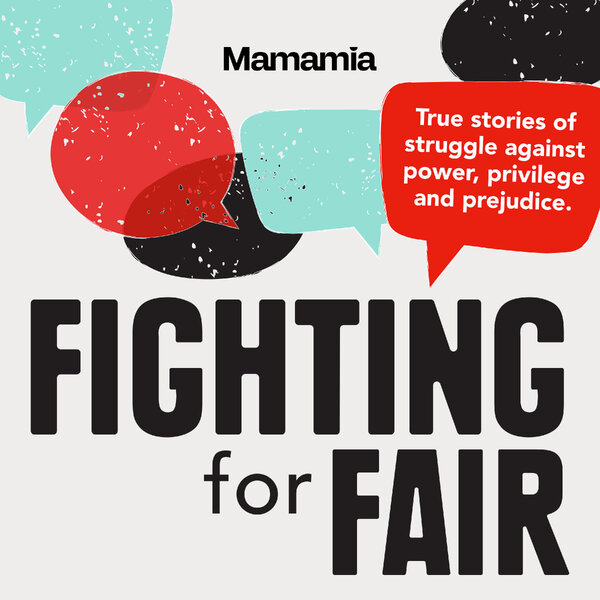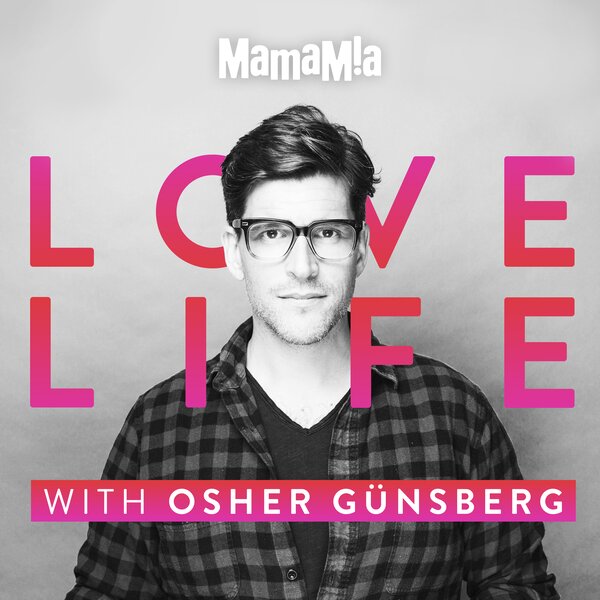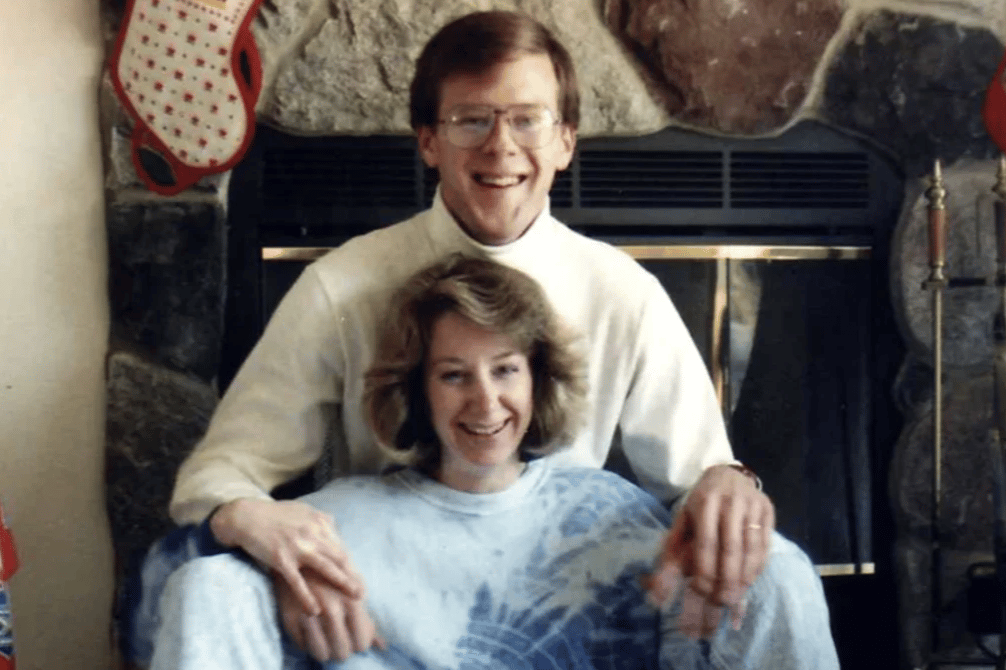
When Julie Jensen was found dead in her Wisconsin bedroom in December 1998, it initially looked like a tragic but natural death.
But then her neighbour produced a letter that changed everything.
Written just days before her death, the mother-of-two had predicted her own murder — and named her "first suspect" if she were to be found dead.
First, listen to Mamamia's crime podcast, True Crime Conversations. Post continues below.
On December 3, 1998, Mark Jensen called 911 to alert authorities to a tragic discovery. He said he'd found his wife's body in bed, under the covers, still wearing a T-shirt and underwear.
She had no obvious injuries and a medical examiner at the scene initially believed she'd died from natural causes, according to NBC's Dateline.
But there were odd details that stood out. Julie appeared to have been rolled on her side and even though she was so sick she'd complained of breathing problems, Mark had left her alone all day.
Then, the police made another startling discovery.
Julie believed she had a stalker.
For years, the 40-year-old had complained of someone harassing her. They'd call the family home and hang up. Leave pornographic photos around the family's garden, cars and garage.
It began shortly after Julie admitted to a brief affair with a co-worker years earlier.

